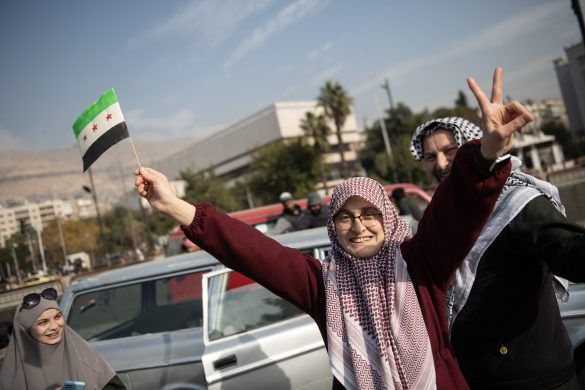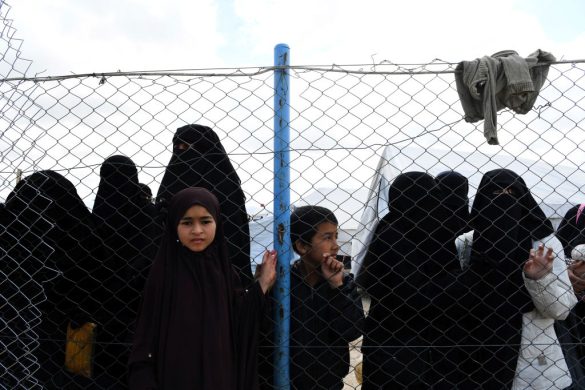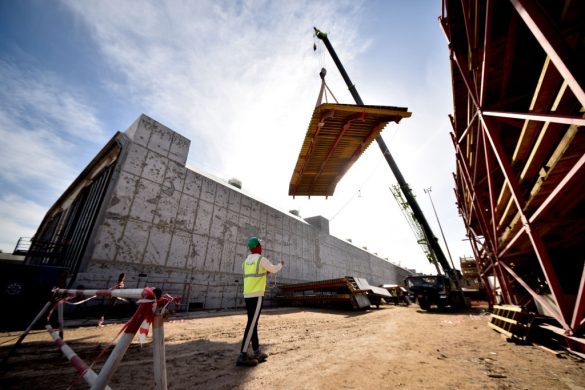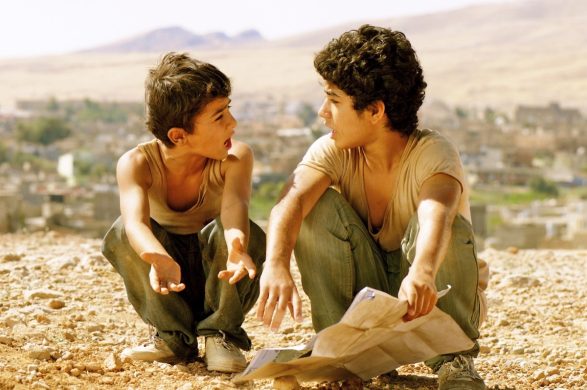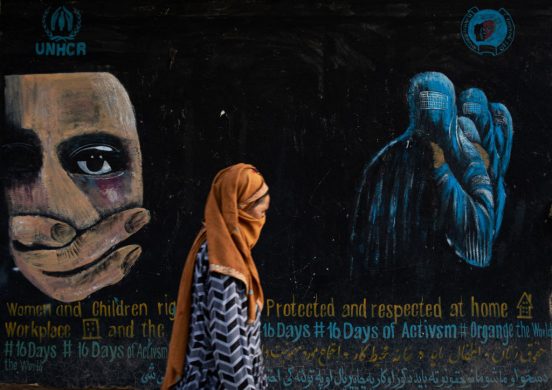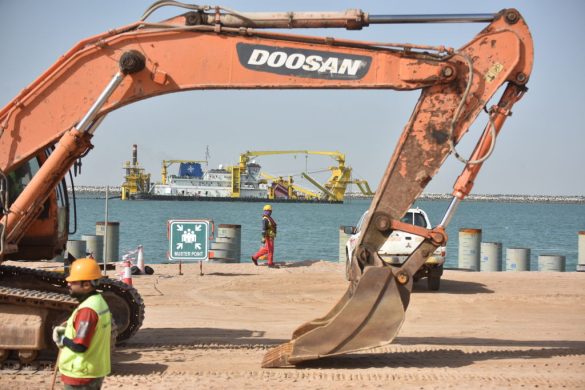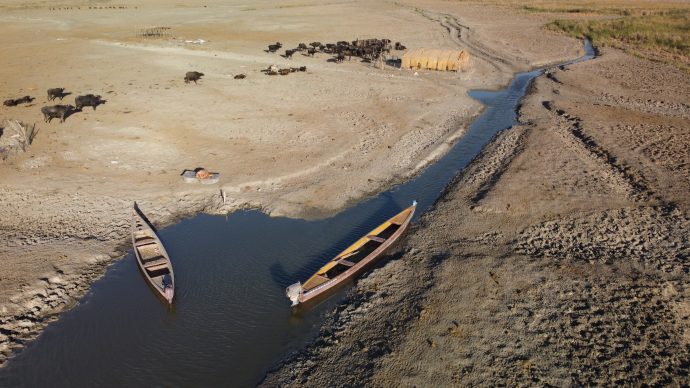BAGHDAD, 6. januar 2017 (IOM): Since the Mosul offensive to retake Iraq’s second city from militants began on 17 October 2016, IOM’s Displacement Tracking Matrix has tracked 22,217 families (133,302 individuals) displaced from the fighting.
After a two-week lull in fighting, Iraq’s military and security forces launched their second offensive against ISIS in Mosul last Thursday (29 December 2016) pushing from three directions into eastern districts where the battle has been deadlocked.
Iraqi forces have retaken 40 of Mosul’s 60 districts (60 percent of the city) since the operations begun, but have yet to enter the western side of the city where an estimated 700,000 civilians are estimated to be trapped in the city largely inaccessible to humanitarians, while sheltering from the fighting, or waiting for a favourable time to flee.
The Emergency Site at Al-Qayara Airstrip, established by IOM in cooperation with the Ministry of Displacement and Migration (MoMD), is now hosting more than 13,164 internally displaced persons (IDPs) – or 2,295 families – occupying the 2,400 plots ready with hygienic facilities.
Tre ud af fire flygtninge bor i lejre organiseret af regeringen eller FN
More than three quarters of displaced families are in camps and emergency sites operated by the government, IOM and other UN agencies and partners, while the remainder are sheltering in and out of camp, with host communities, sheltering in private settings or public buildings.
On Thursday (5 January), IOM reported over 200 families arrived at the Haj Ali camp. These are the first IDPs to arrive in Haj Ali (IOM constructed camp with MoDM support). "The humanitarian needs are severe among displaced families in and out of camps," said Hala Jaber, an IOM press officer based in Erbil, Iraq.
To assist Iraqis displaced by Mosul operations, IOM is providing critical humanitarian aid, including shelter, winter emergency household items, health and psychosocial services for more than 240,000 people in newly retaken areas, as well as for those in camps and emergency sites.
Over two days this week IOM distributed 40 litres of fuel to each of 1,500 families in Qayyarah. Last week, IOM distributed fuel to 'out of camp' IDPs in Nimrud. At that location, 300 families apiece received 200-liter barrels of kerosene, fuel meant to see them through the two months of winter.
Many said they had not received any fuel since their displacement and had been reduced to cooking on wood for lack of kerosene. So far, amongst other items IOM has distributed blankets (131,298 units), mattresses (77,688), carpets (12,948), kitchen sets (12,948), gas stoves (12,948), heaters (20,668), rechargeable lanterns (21,883) and jerry cans (12,948) since the Mosul military offensive started on October 17.
According to IOM’s DTM data between 29 December and 5 January, an increase of 2,657 new IDP families (15,942 individuals) was recorded. Approximately 88 percent of the currently displaced IDPs (115,968 individuals) are hosted in camps or emergency sites, with the largest concentration, 98 percent (129,990) in Ninewa governorate.
IOM, clusters and partners continue to urgently prepare camp spaces, services and facilities for vulnerable families in need of safe and dignified shelter.
"In a worst-case scenario, the crisis could displace up to one million people with 700,000 individuals who may need urgent emergency shelter, non-food items, health support and emergency livelihoods," Ms Jaber said.



